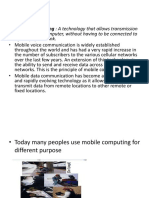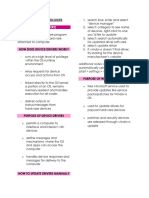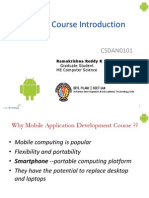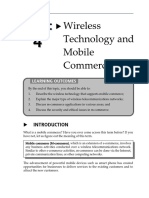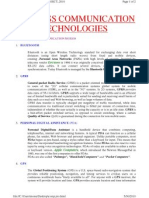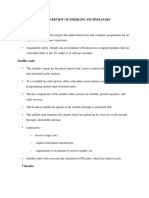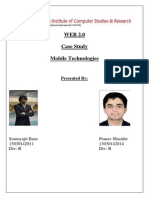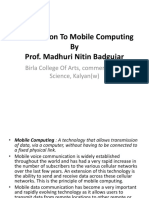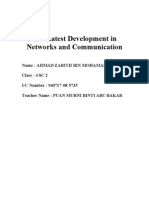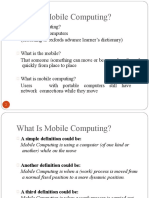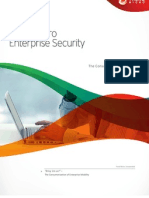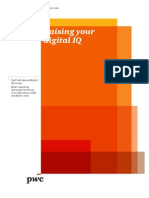0% found this document useful (0 votes)
275 views36 pagesModern Trends in Computer Application
This document discusses modern trends and technologies in computer applications. It covers 5 key areas: 1) next generation mobile devices and mobile apps, 2) social media, 3) cloud computing, 4) consumerization of IT, and 5) big data analytics. For each area, it provides more details on the concepts and how they are influencing digital trends.
Uploaded by
Sumesh JohnCopyright
© © All Rights Reserved
We take content rights seriously. If you suspect this is your content, claim it here.
Available Formats
Download as PPTX, PDF, TXT or read online on Scribd
0% found this document useful (0 votes)
275 views36 pagesModern Trends in Computer Application
This document discusses modern trends and technologies in computer applications. It covers 5 key areas: 1) next generation mobile devices and mobile apps, 2) social media, 3) cloud computing, 4) consumerization of IT, and 5) big data analytics. For each area, it provides more details on the concepts and how they are influencing digital trends.
Uploaded by
Sumesh JohnCopyright
© © All Rights Reserved
We take content rights seriously. If you suspect this is your content, claim it here.
Available Formats
Download as PPTX, PDF, TXT or read online on Scribd
/ 36










